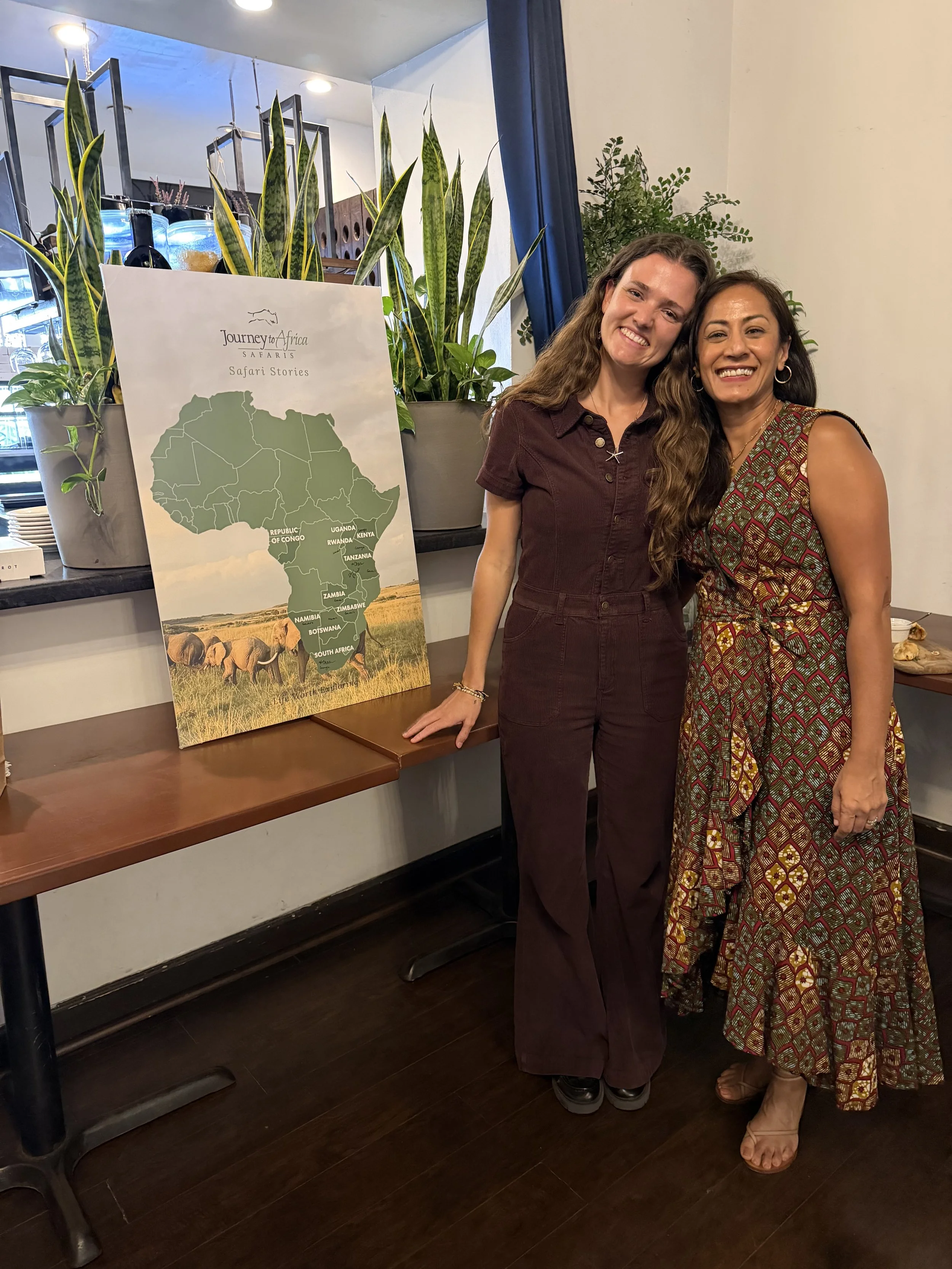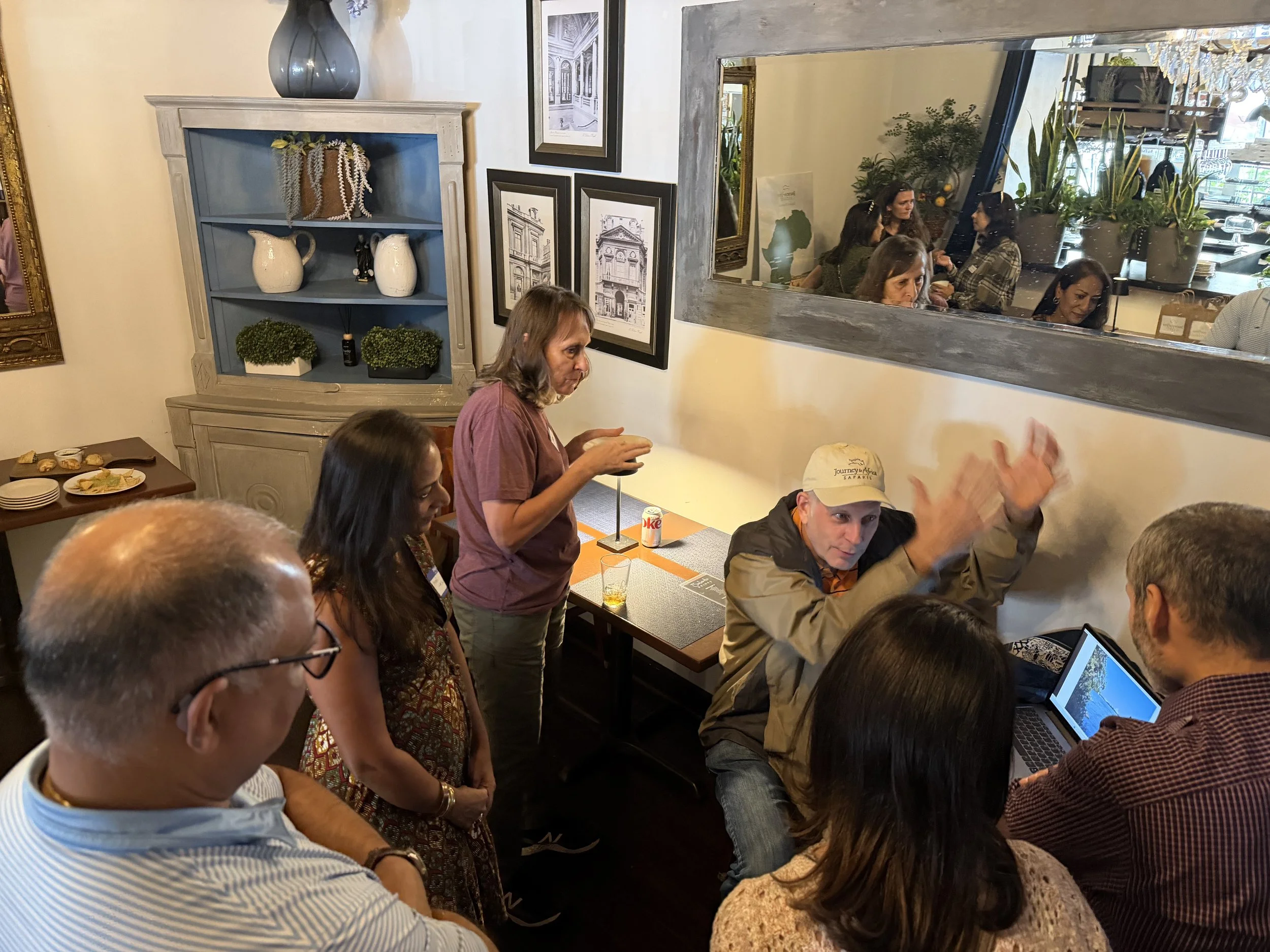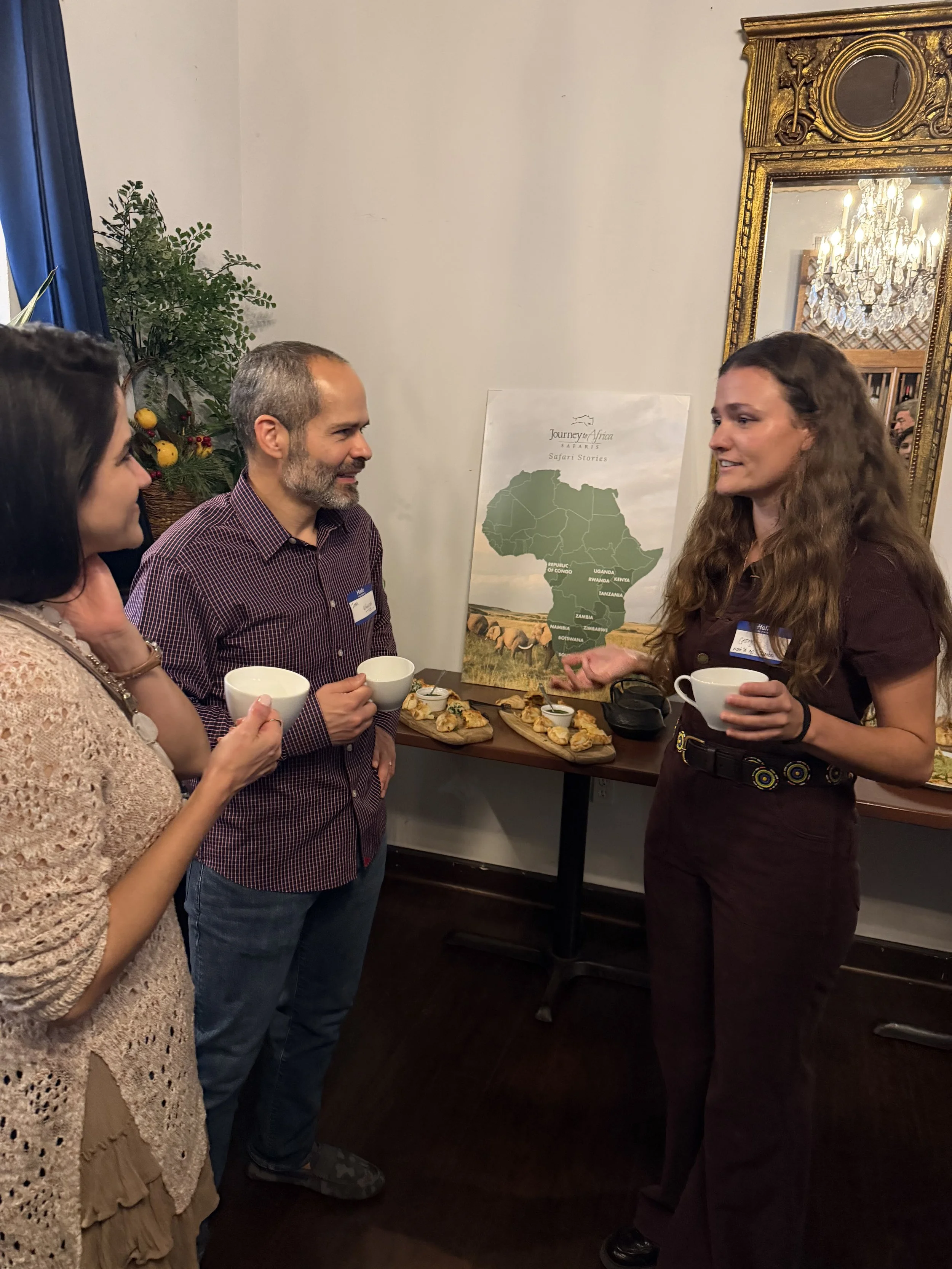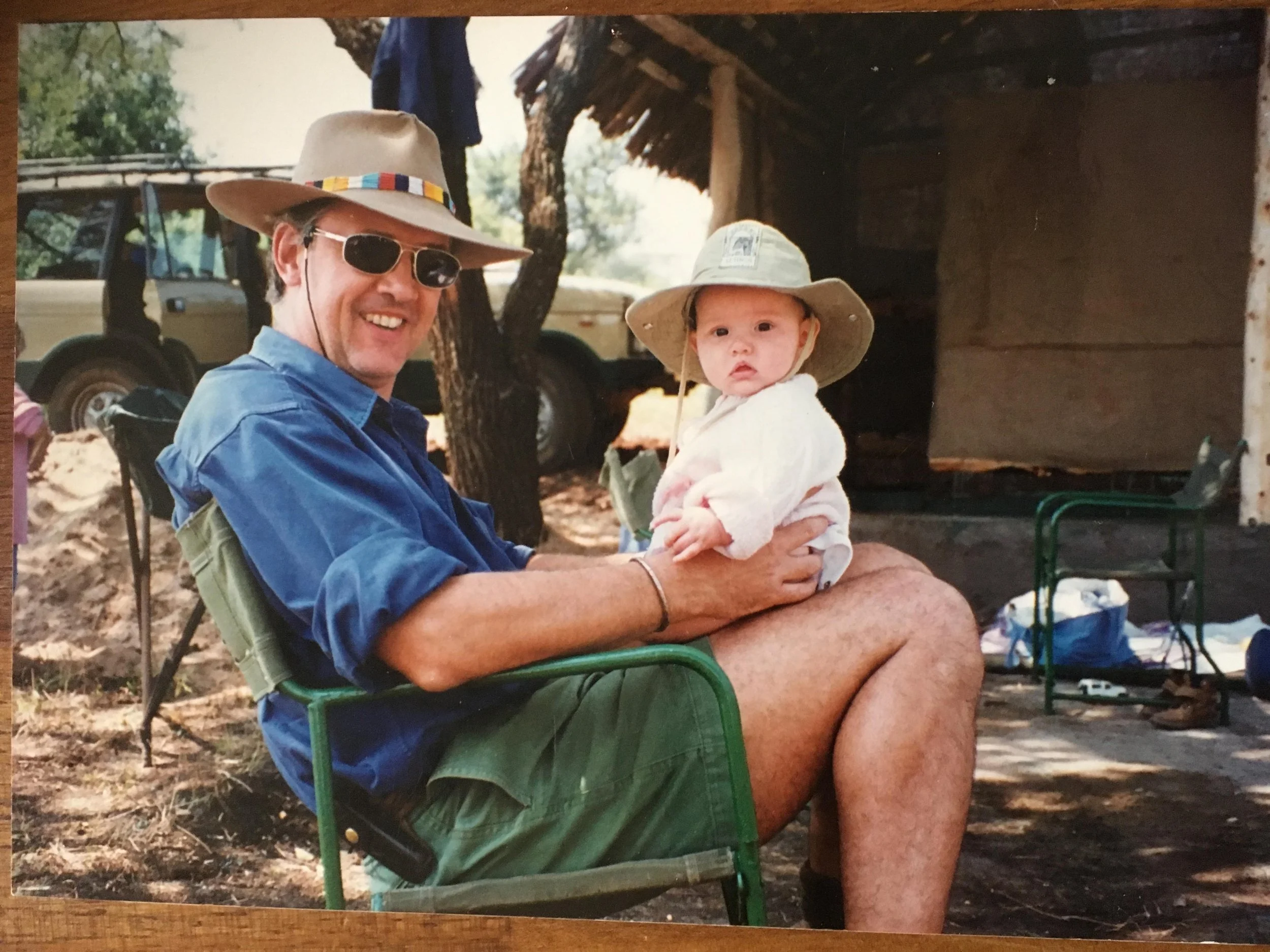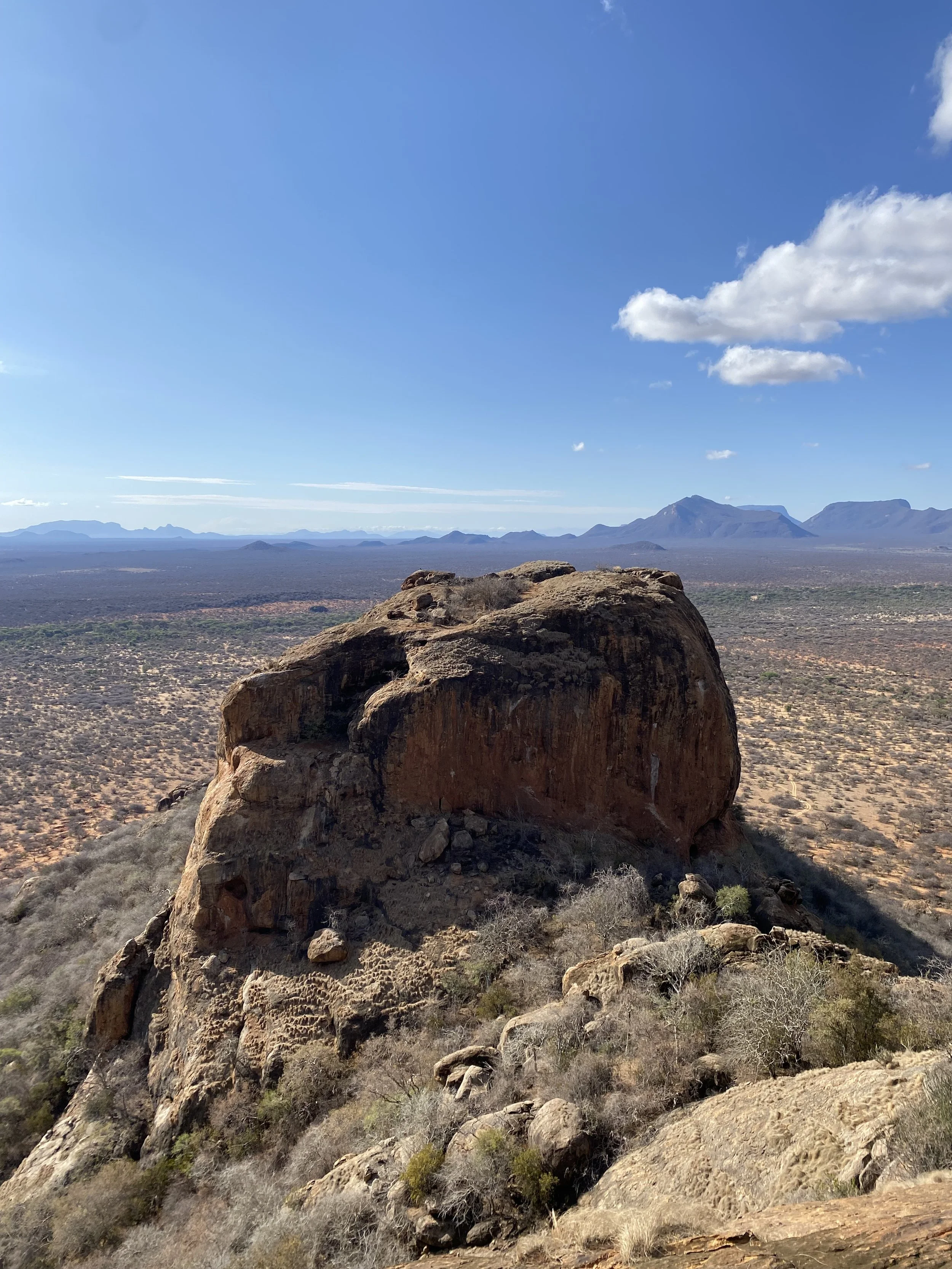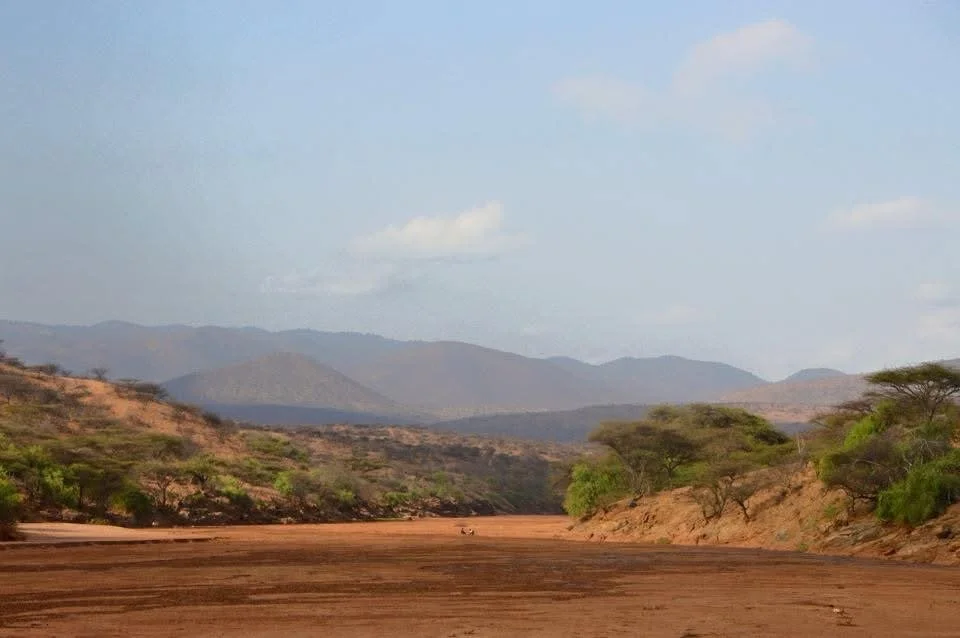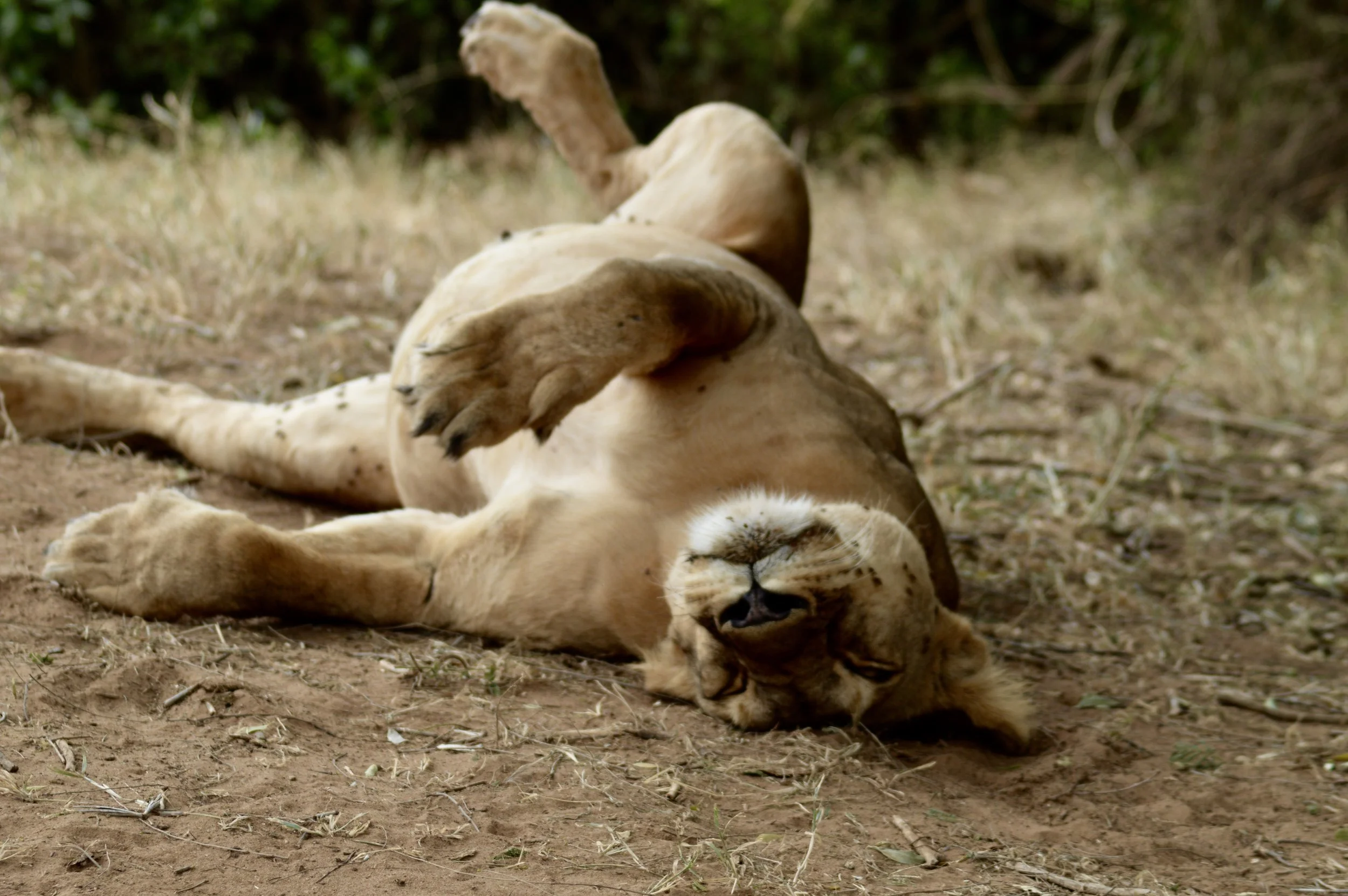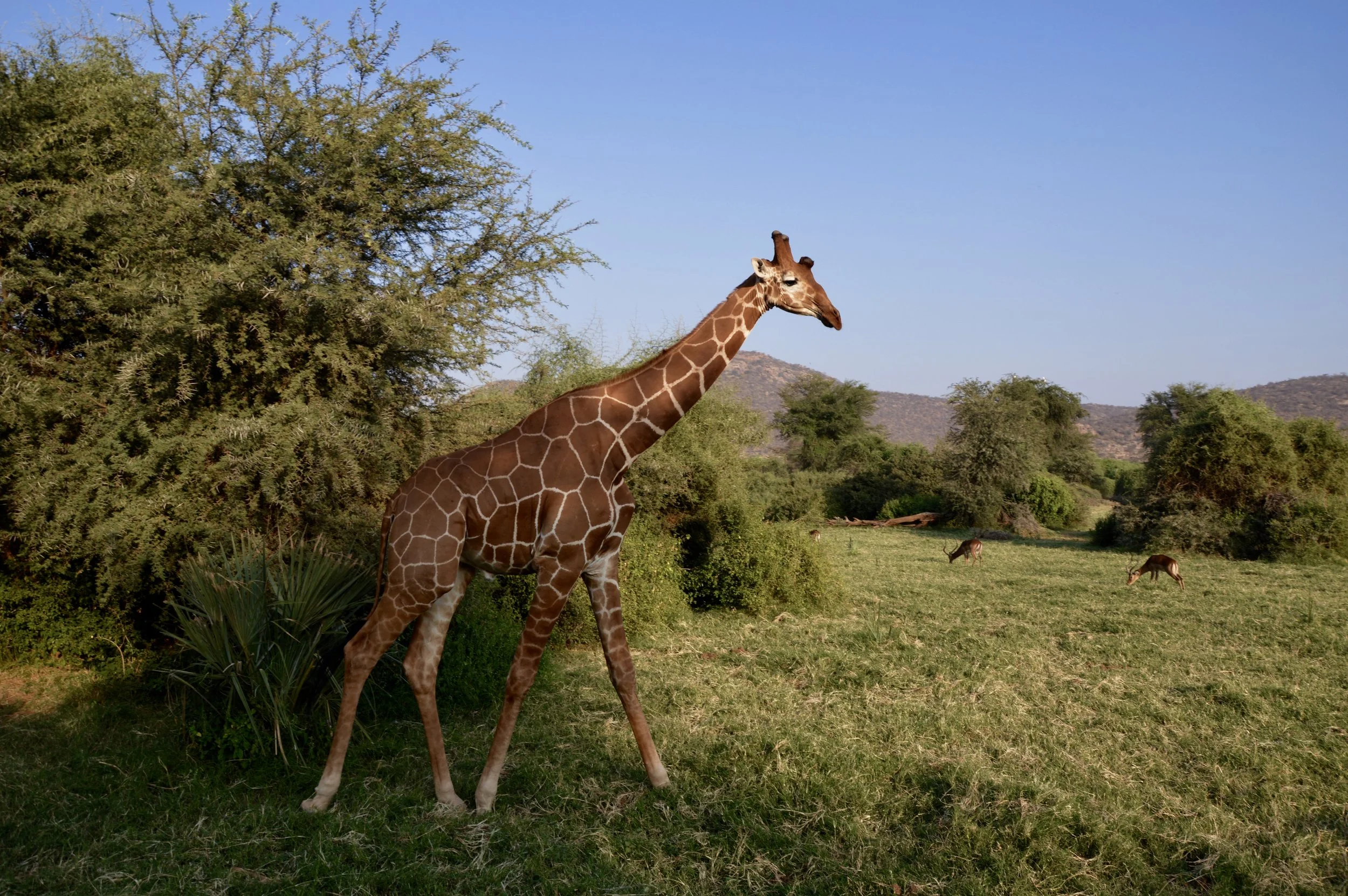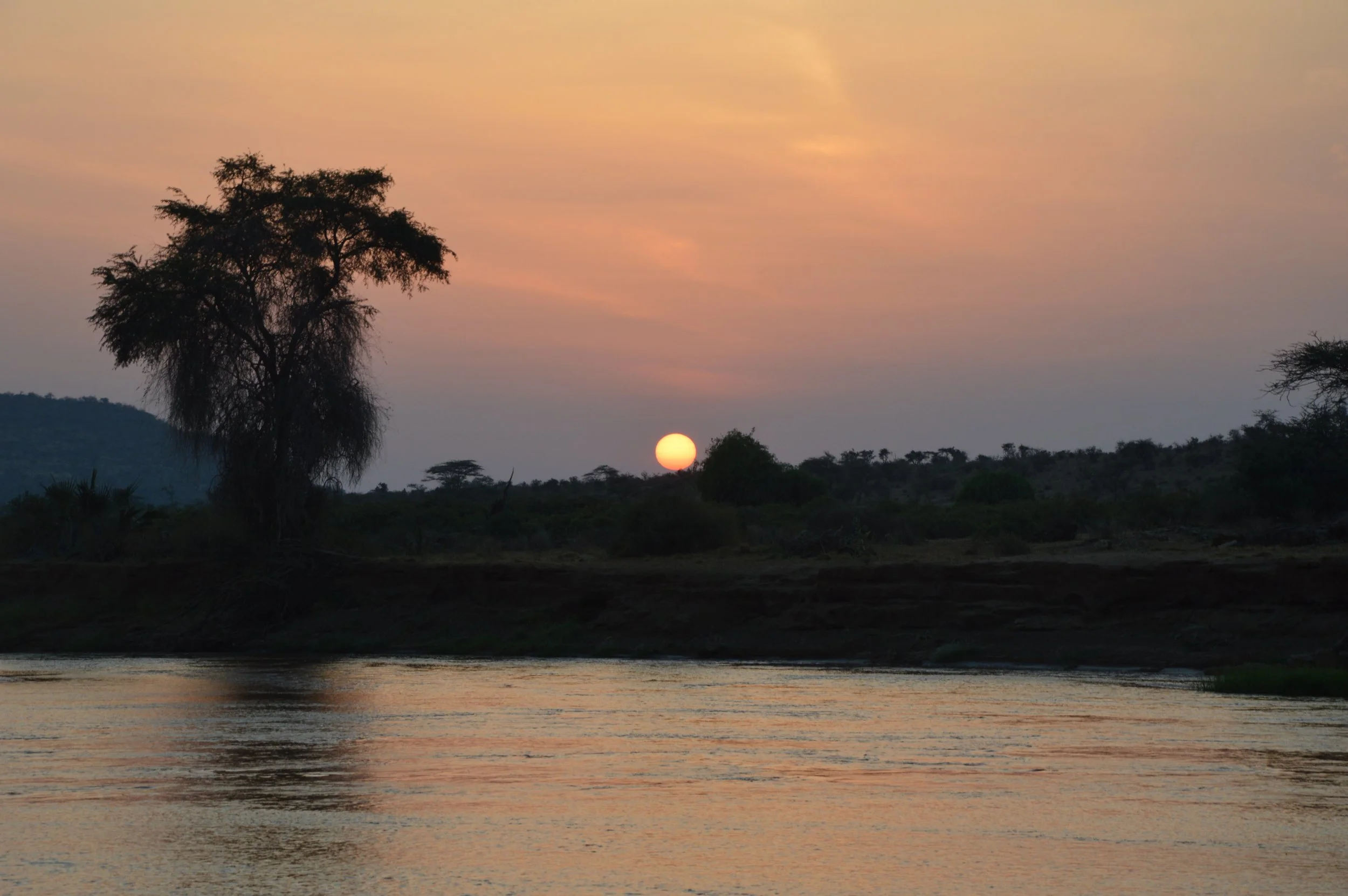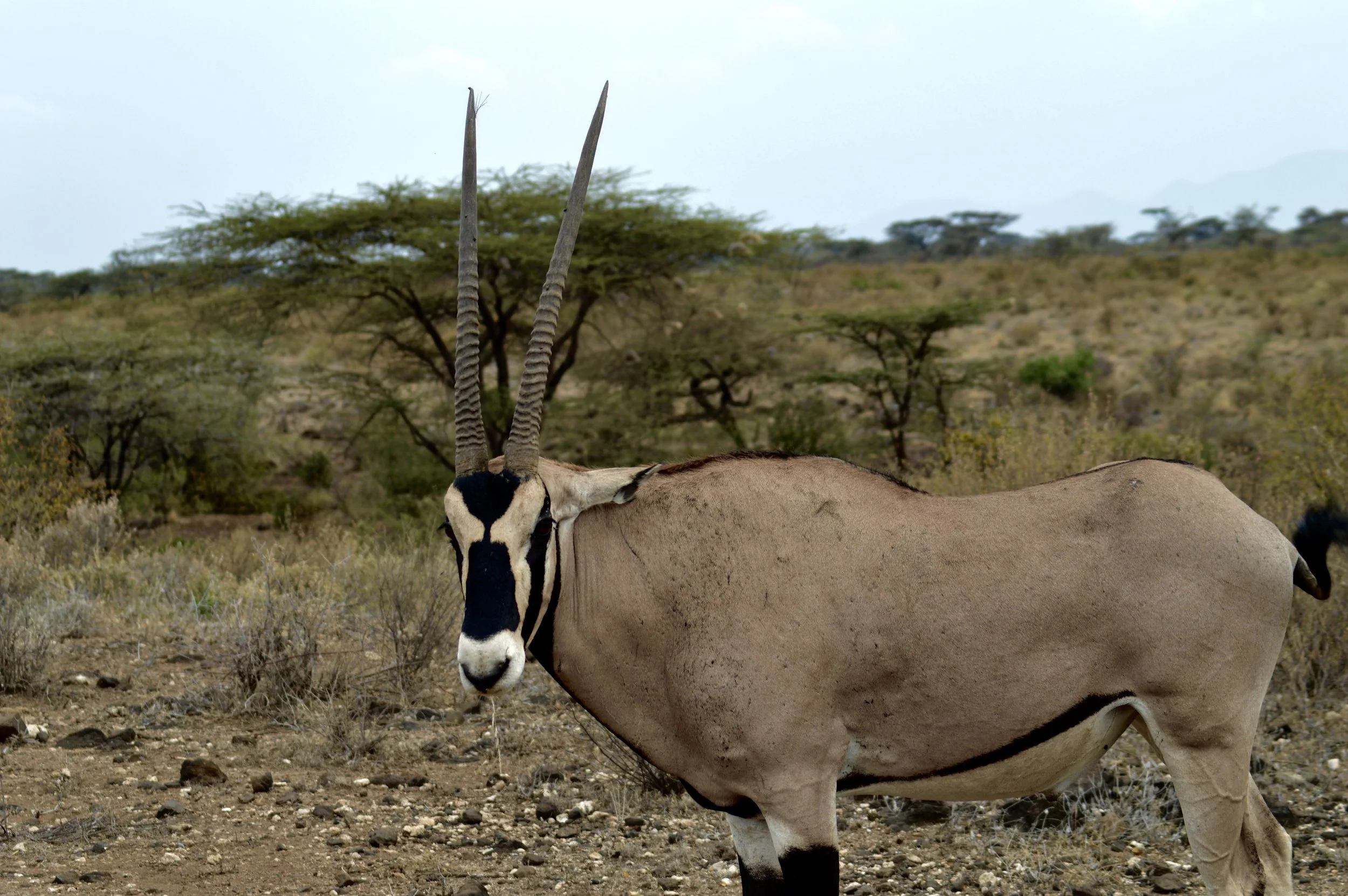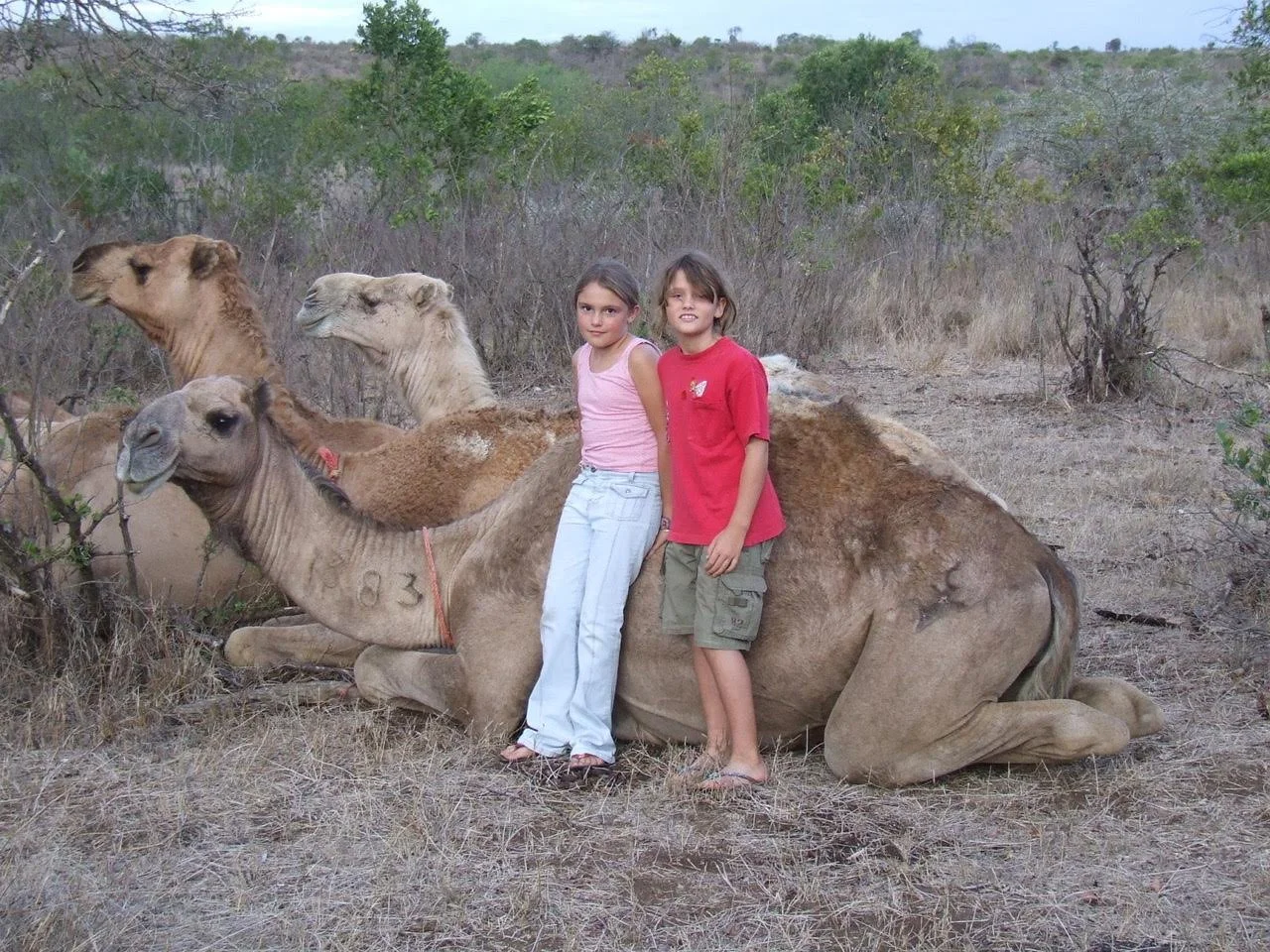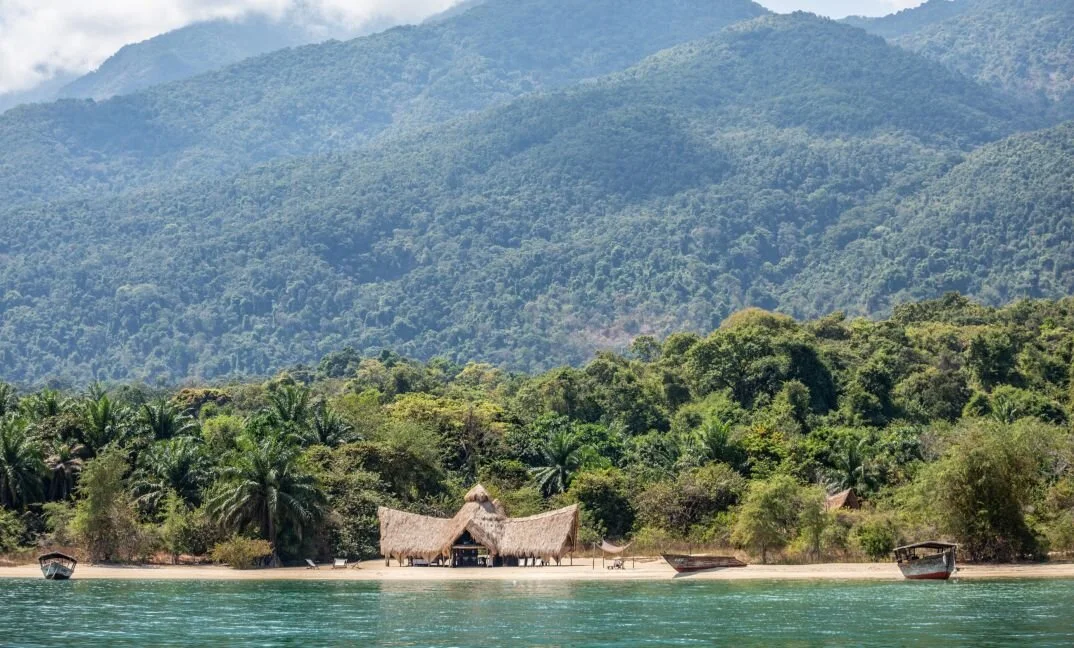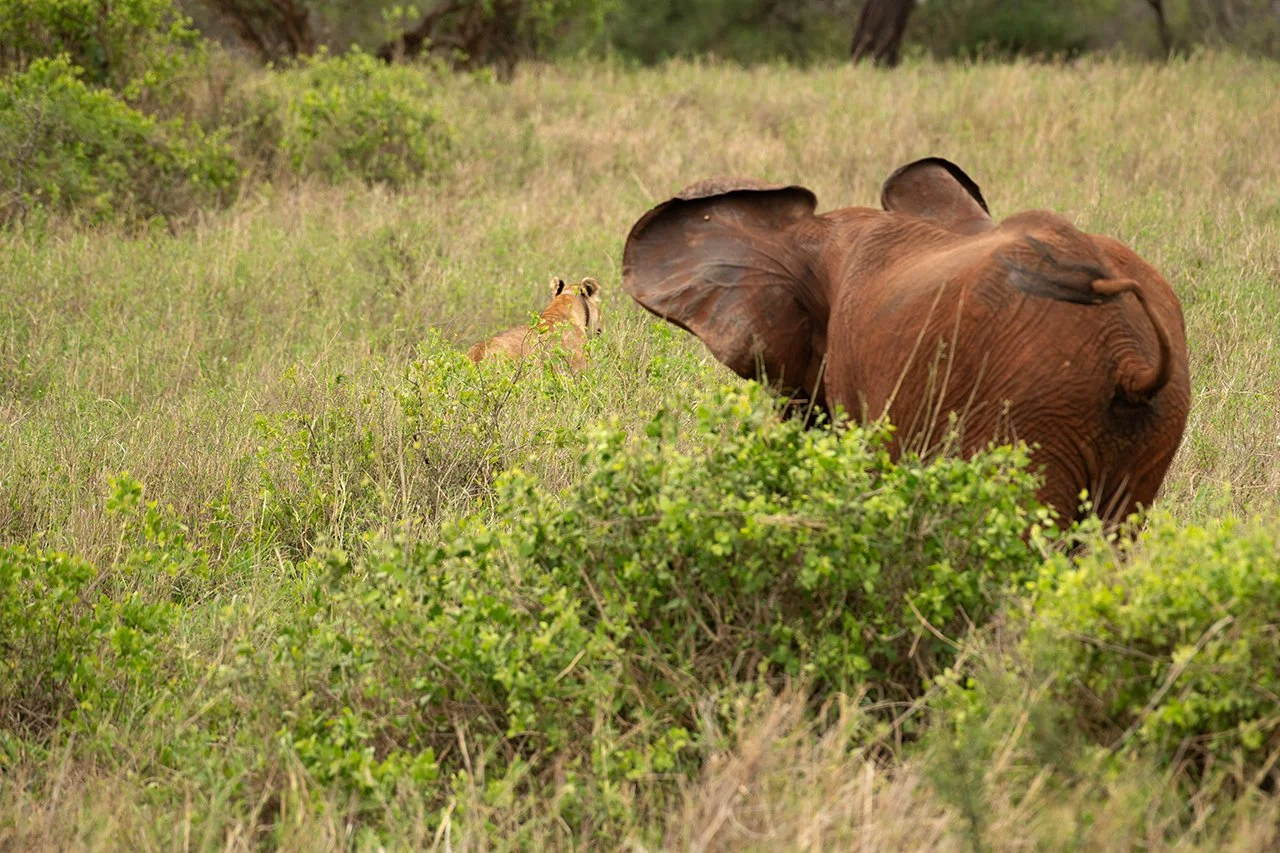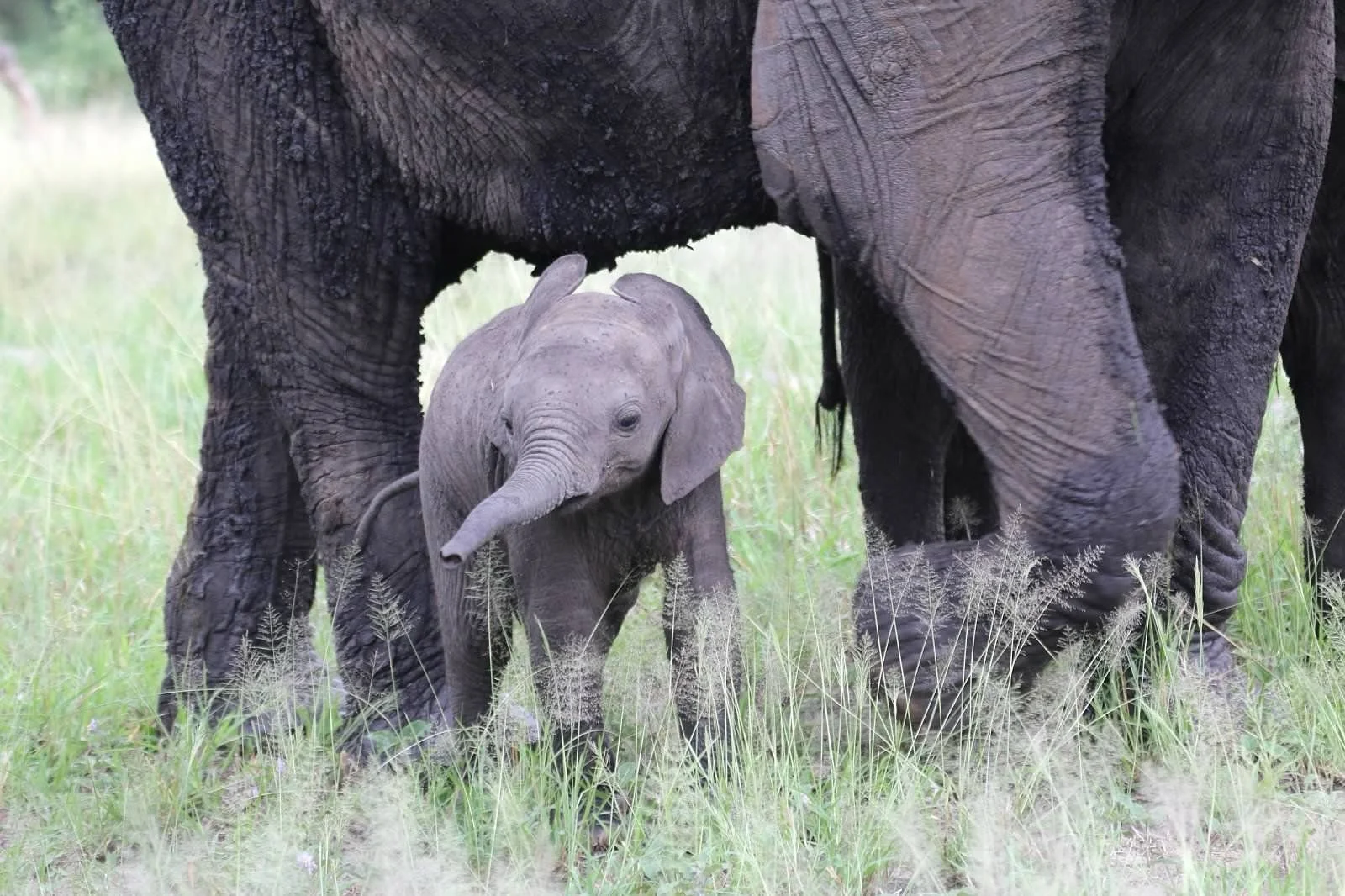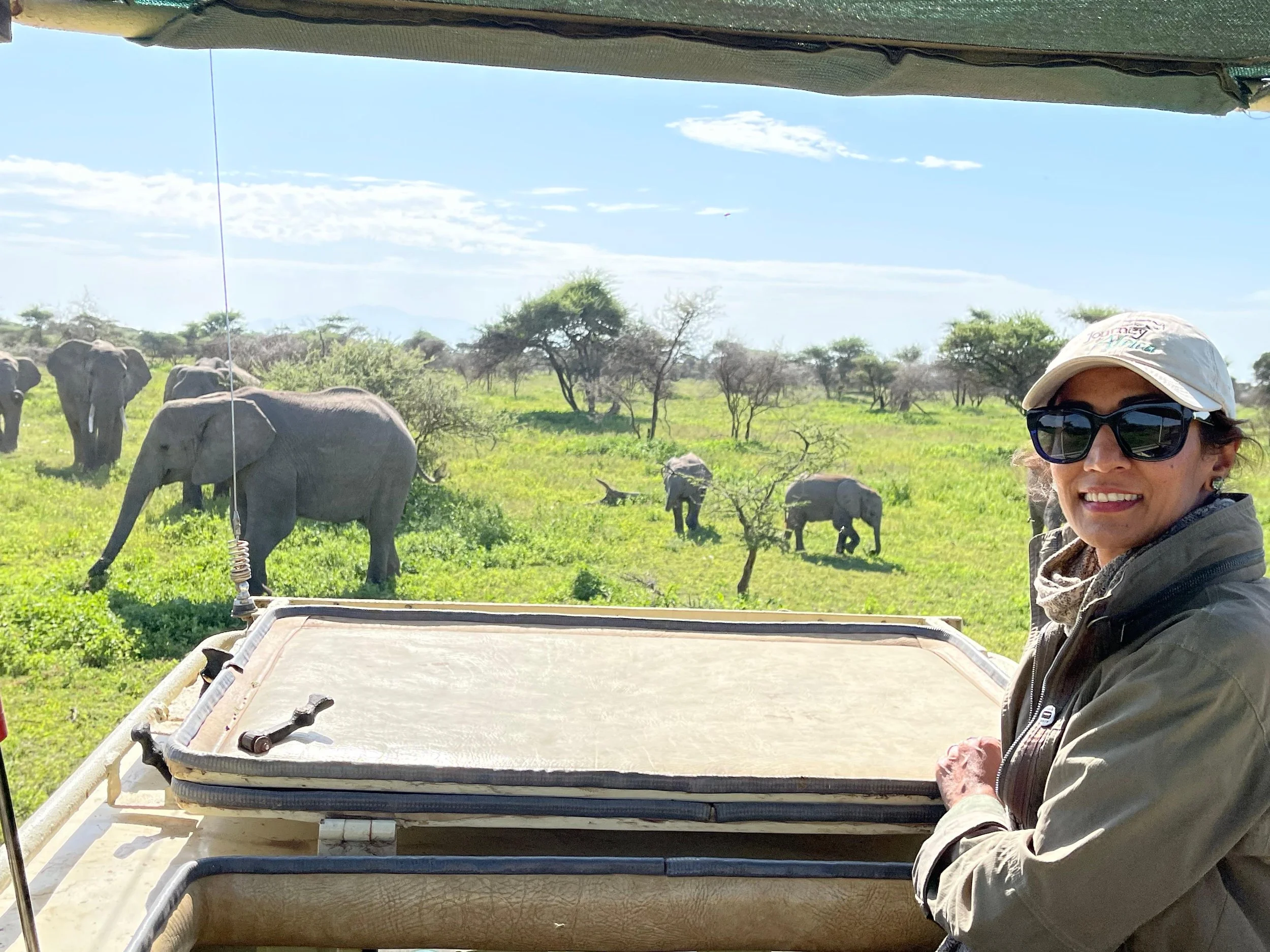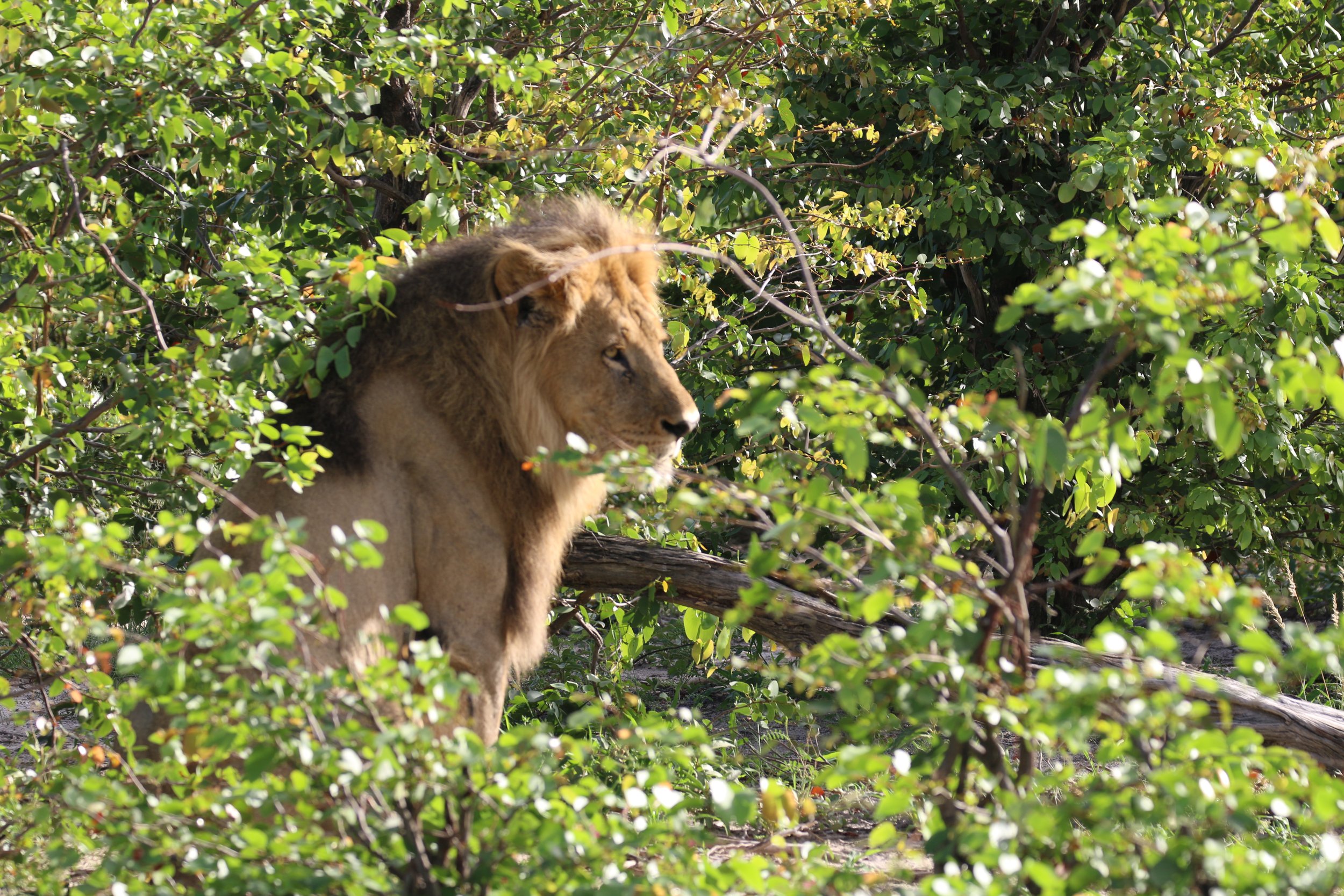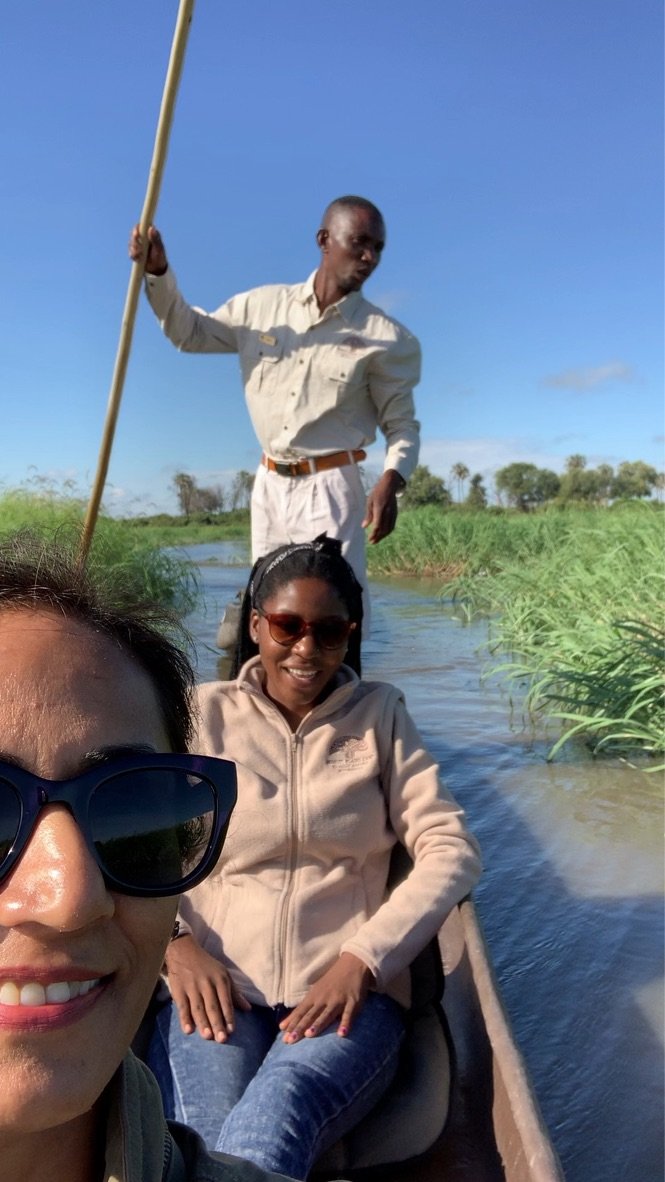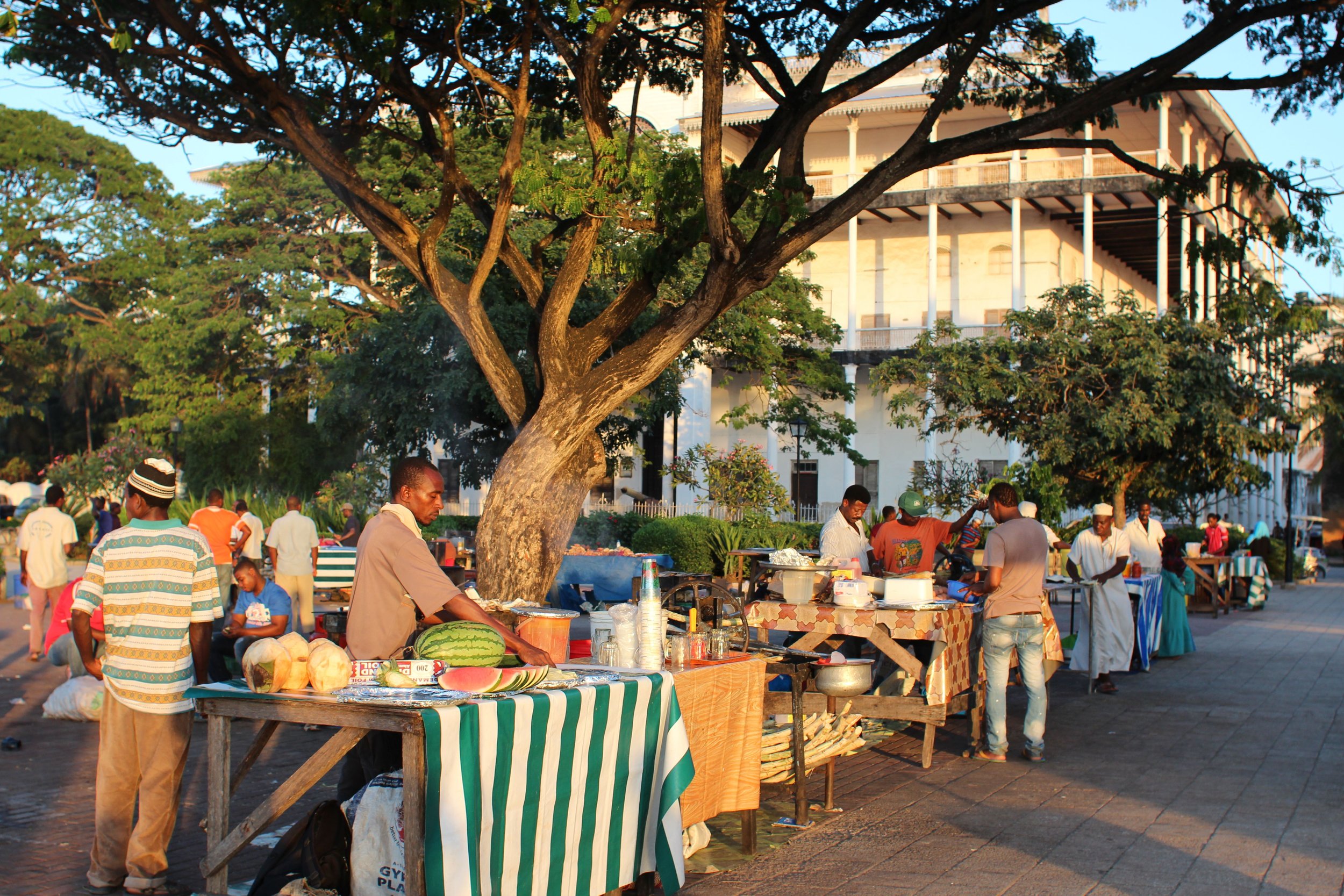We hosted our first Journey to Africa Safaris Houston Event! This is how it went…
We had the joy of hosting our first get together in Houston - we invited some of our amazing past Houston based guests and met for chai, coffee, and Safari Chats!
It was so special to hear all the amazing memories that our guests have made over the years, and how their Safaris were life changing. It was also a chance for our Journey to Africa tribe to meet Georgie, my newest teammate - we chatted about her childhood growing up in bush to parents in the Safari world, and how Northern Kenya is the place to be on Safari.
Why did we host this event?
Mefi here - I have always wanted to do this. Now there are two of us behind Journey to Africa, we felt it was the time to do it. A way to say Asante to some of my incredible guest who have been on one, two and some even three Safaris with us over the years and who still want to go back! A way for my guests to meet other Safari seekers in Houston and exchange stories, memories and a love for Africa that has been forged from their Journey to Africa Safari.
From Botswana and Namibia to Zimbabwe and Rwanda - and of course Tanzania, we swapped Safari stories, laughed at memories with our guides and reminisced about incredible wildlife encounters - all totally unique and equally incredible. This is what drives us!
Chris, showing his photos from his Journey to Africa Tanzania Safari ! Look at that passion. We love it!
If you missed this one, don’t worry - more to come! Connecting in person is so special so watch this space! Whether you’re curious about a Safari, or you’re one of our Journey to Africa Tribe - Karibuni Sana [Everyone is welcome].
Chatting all things Safaris! Journey to Africa guests Josh & Teri have been on two amazing Safaris across five African countries with us! What’s next? We’re looking at Uganda Gorillas and Northern Kenya…
We also chatted about a few exciting plans for Journey to Africa and how we are looking into a few more very exciting African destinations that we want to offer! More to come on that..

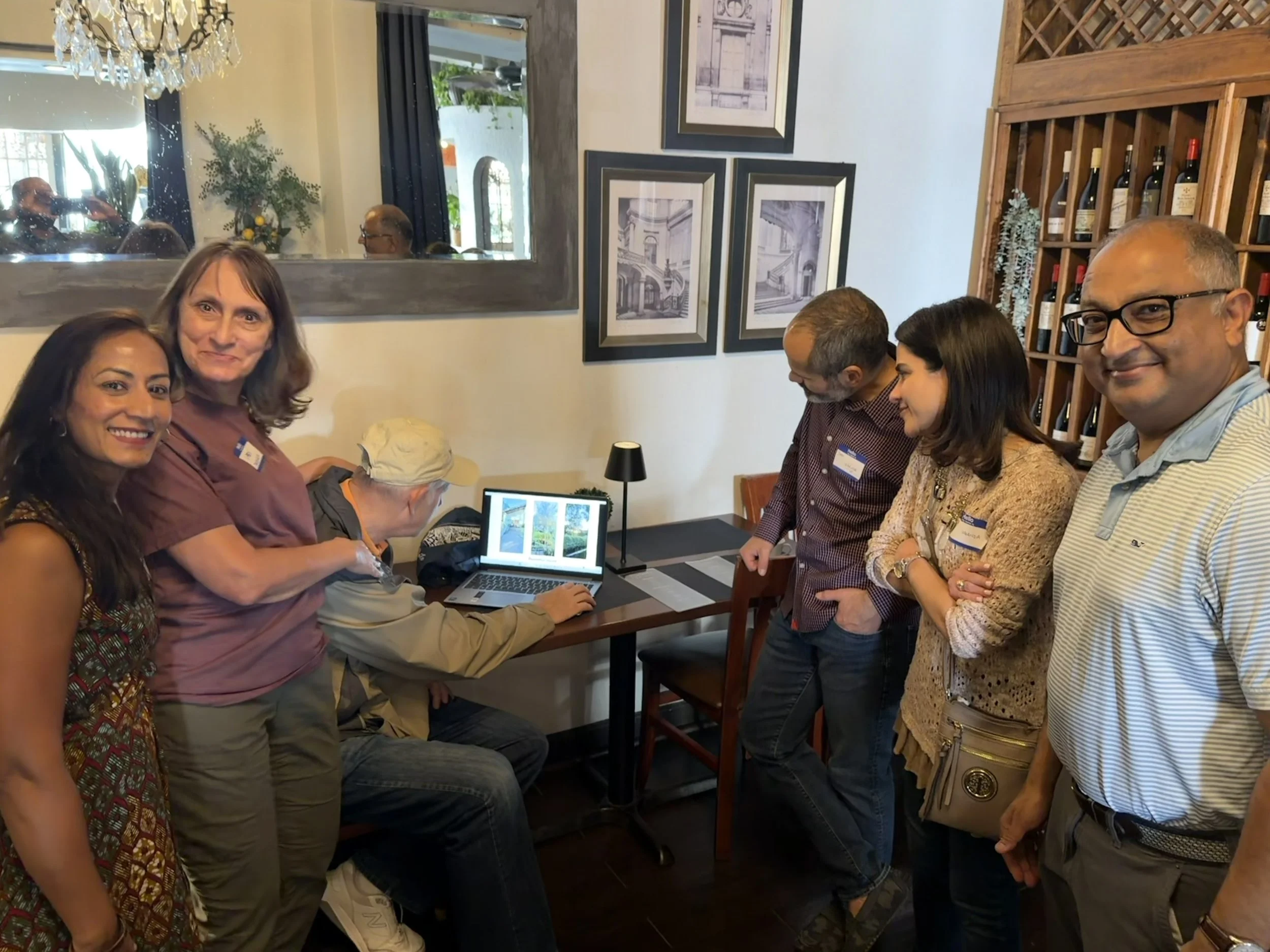
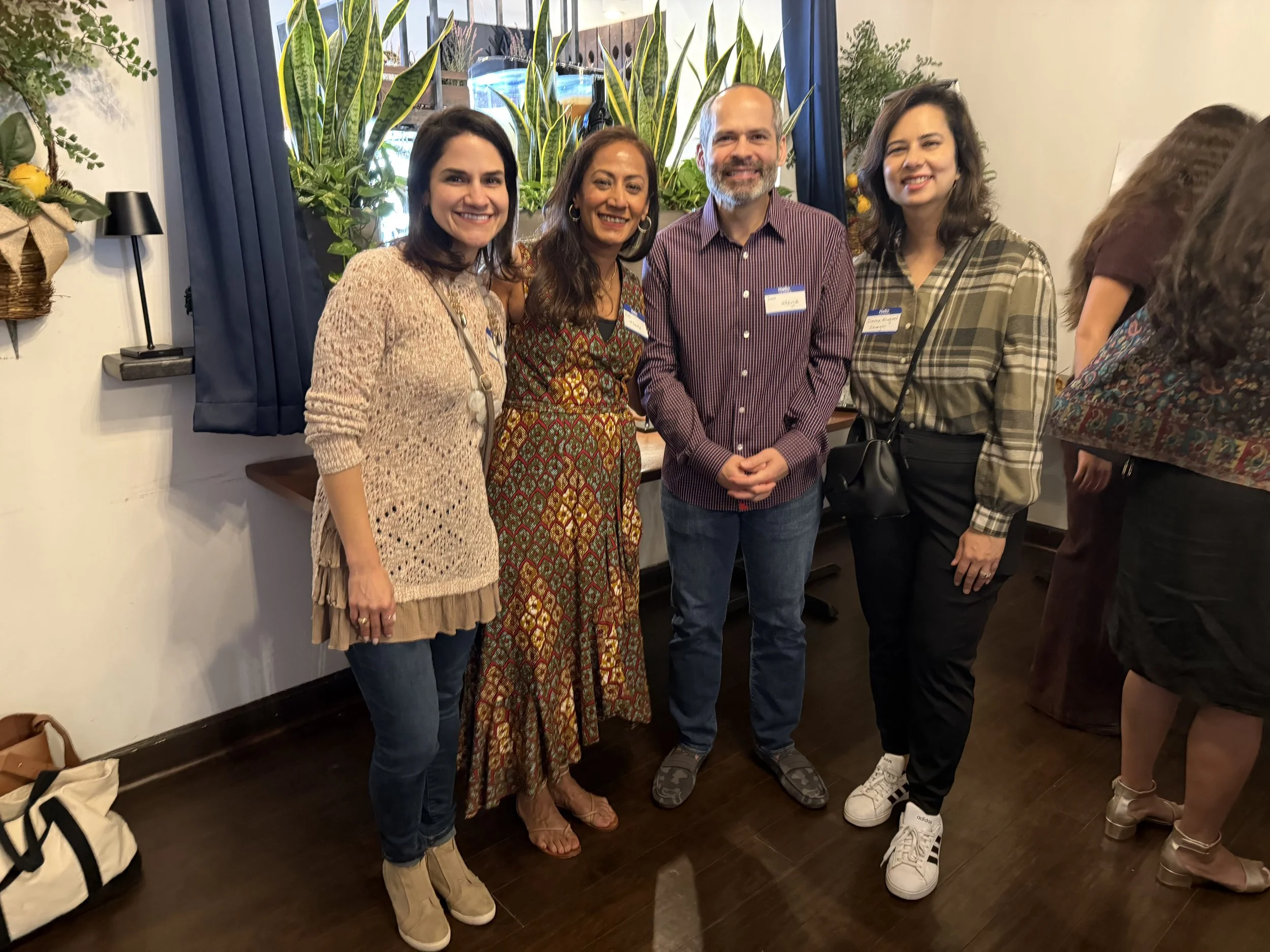
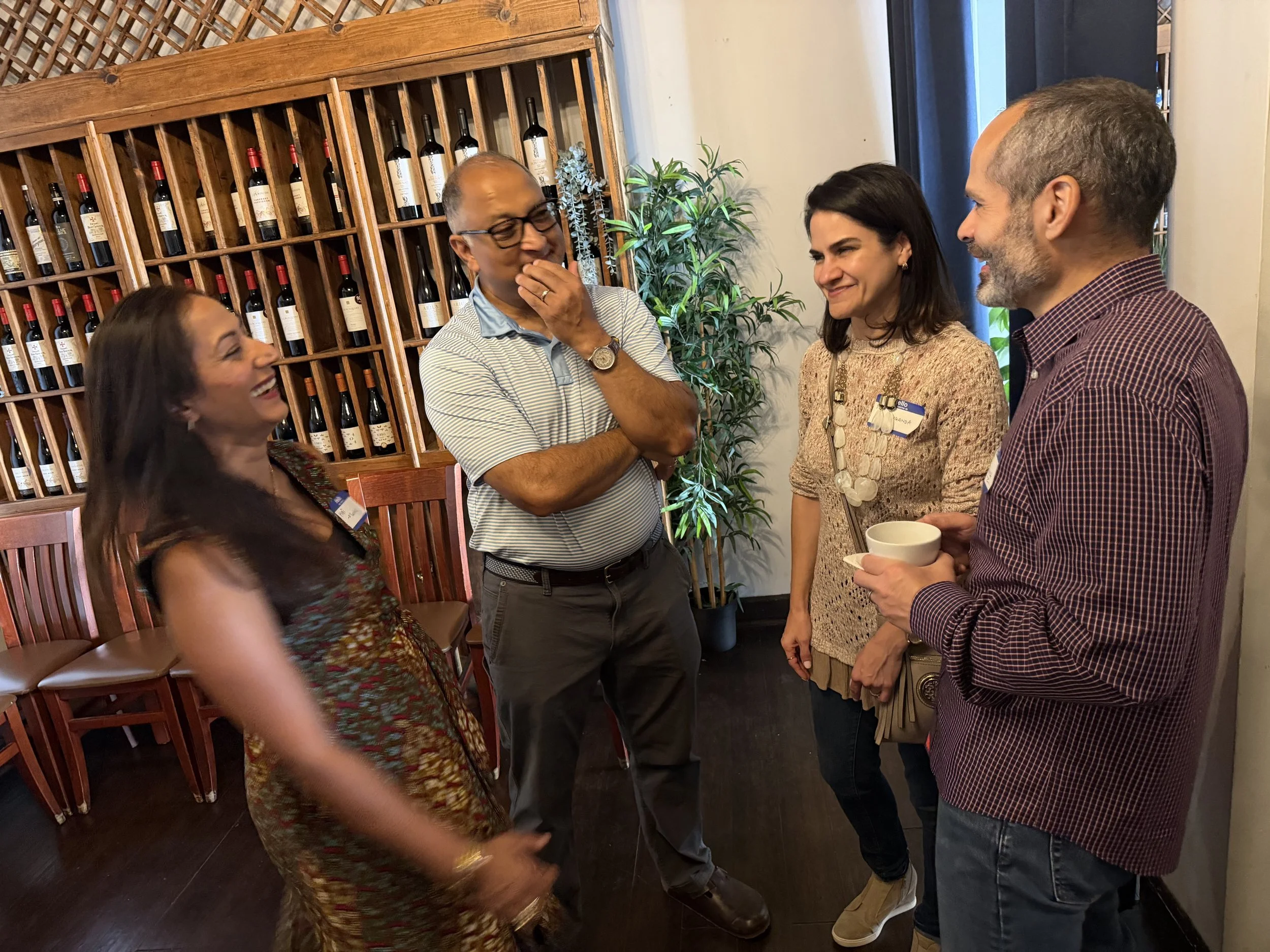
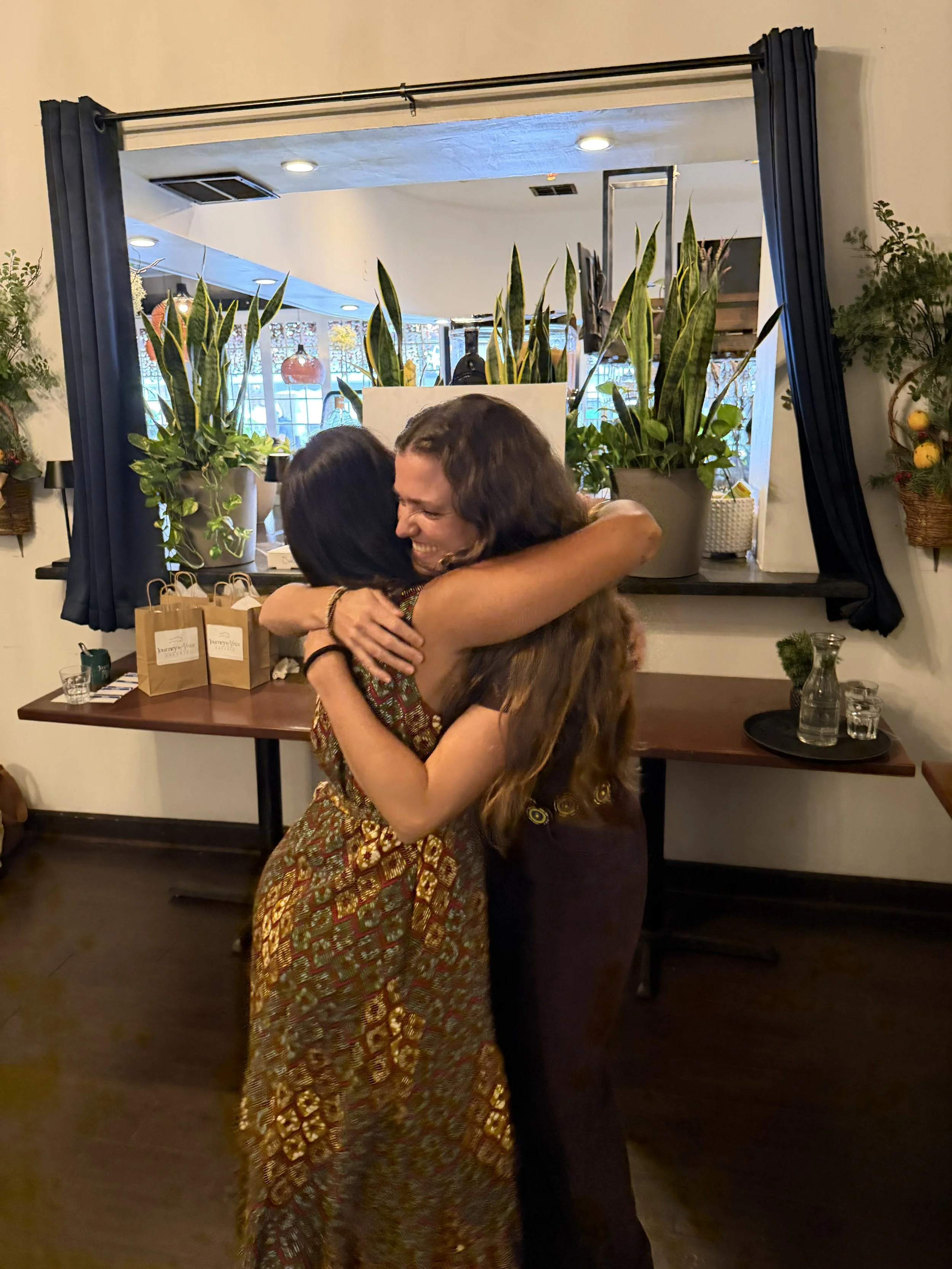
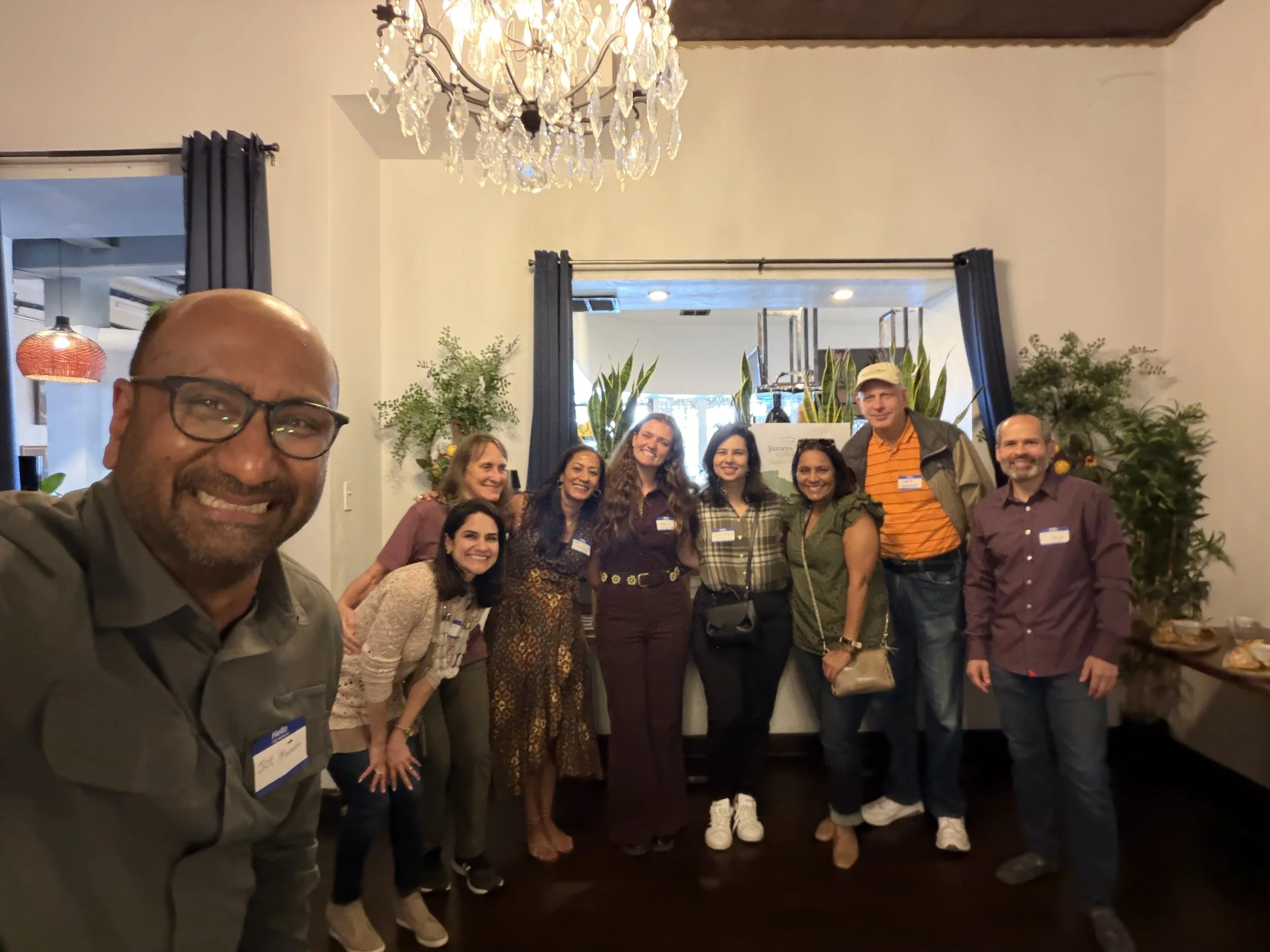
We can’t wait to connect with more of you in person - whether you’ve already booked a Journey to Africa Safari for the future, or you’re one of our seasoned Safari goers, or you’re just curious about what going on a Safari is like!
Asante [Thank you] all for coming along for the journey as we grow.
Mefi & Georgie


